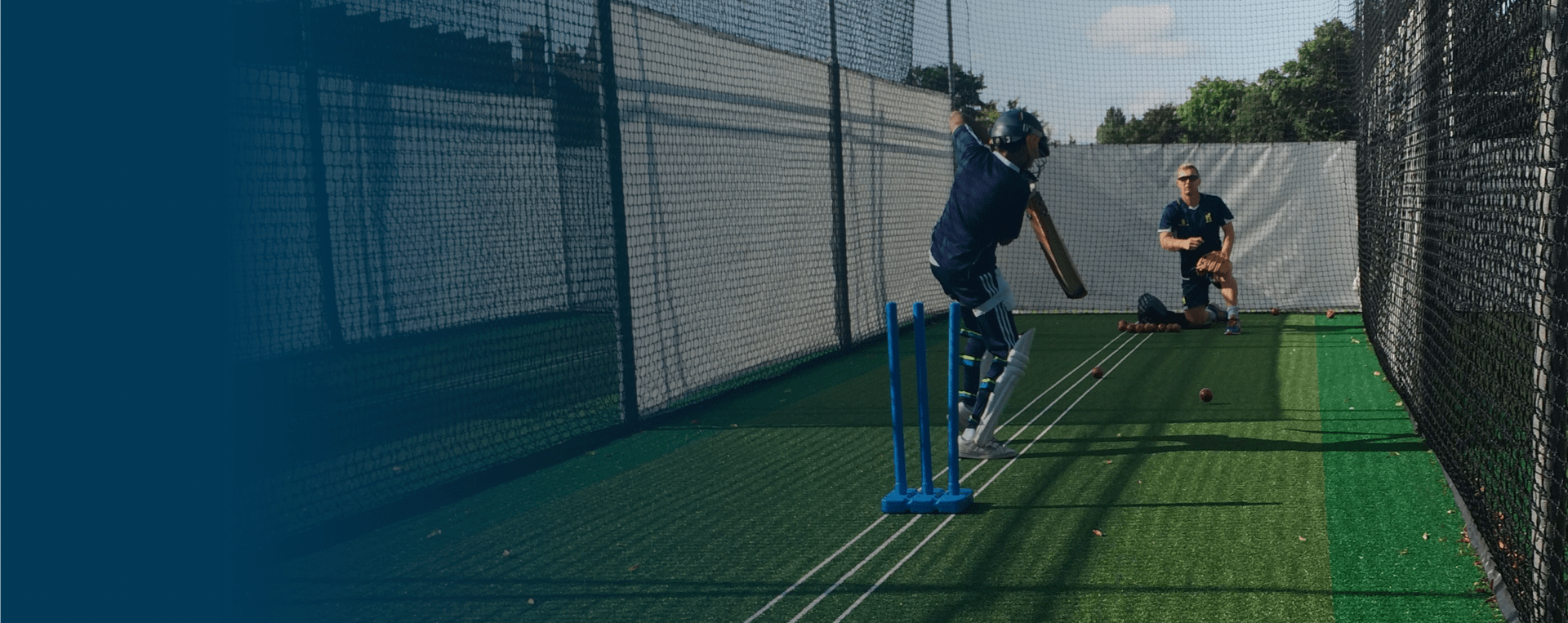
Sports pitch construction is a complex subject that requires a significant amount of expertise to plan and carry out. Depending on the type of surface – natural turf or synthetic – and the sport for which the surface is intended, construction specifications, materials and methods will vary greatly.
The geology, topography and features of the site on which the sports pitch construction is to take place will also have a huge impact on how the pitch will be constructed.
Combined with the fact that governing bodies for sports issue stringent guidelines in terms of the construction parameters and performance of sports pitches, the appointment of an experienced sports pitch construction specialist is key when looking to construct a new playing surface, whatever the sport or level of play.
On the surface, it may seem that a natural sports surface would be more straightforward to construct than a new synthetic sports surface. However, with natural turf pitches required to meet increased usage and performance quality standards (PQS) such has surface levels, drainage rates, grass sward at the very least, there is a lot to consider.
It may be that, if a site is made up of a heavy soil type so a drainage system needs to be installed to ensure the pitch does not get waterlogged. Conversely, in the case of free draining pitches an irrigation system may be necessary to ensure the grass plant gets sufficient water for optimum growth. It may also be necessary to bring in additional materials – to build up surface levels.
To ascertain exactly what works will be required prior to the natural turf pitch being marked out ready for play, a good sports pitch consultant will carry out a site visit and undertake a survey before providing a report. The plan of action for the sports pitch construction project will hinge on the findings of this report.
The total-play team has the expertise to decide the processes and timescales required for works and establishment of a playable surface, including the finer details like selecting the optimum materials based on the geography of the site and the native soil type. Full cricket table construction will involve excavation of the site followed by the laying of gravel raft, followed by a building layer and loam. This area will then be seeded and will require an intricate programme of maintenance works to establish the pitch ready for play in some 12-18 months time. total-play can complete all of these works using its own stable of laser-guided grounds equipment, and will provide the client with a comprehensive plan of works to ensure the new cricket table reaches optimum performance.
A similar process should also be carried out before undertaking any synthetic sports pitch construction project. While many synthetic sports pitch designs will be standard in their construction – i.e. the layers of construction and carpet type – to meet industry performance standards, the site itself may require significant work before work can even start on the pitch.
For example, on an even slightly sloping site, the site will need to be excavated and levelled to provide a perfectly level foundation on which to start construction. In the case of a site prone to flooding, the area may be built up using imported materials to raise the new synthetic surface above the level of regular inundation. Once issues such as this have been rectified, the sports surface contractor can them commence with the synthetic sports pitch construction.
total-play Ltd specialised in cricket pitch construction, and can undertake works on both natural and synthetic pitch projects. In the case of the construction of a new cricket table from scratch no two projects are the same.




